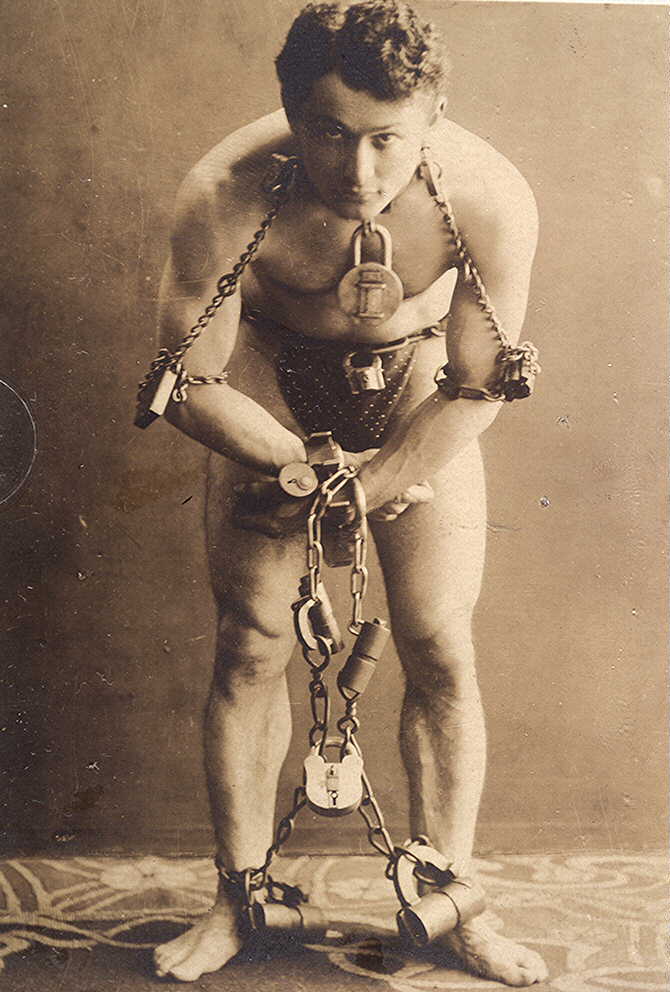Italian Direct Object Pronouns Posted by Serena on Feb 16, 2016 in Grammar
Le chiavi le hai? (Have you got the keys?)
How many times have you come across an Italian construction similar to this example and asked yourself “why are there two le‘s in that sentence?” … “The keys the you have?” … WHAT THE ####!?!?
Well, you’ll be relieved to hear that there is a totally logical explanation: in this type of construction le and lo, and their siblings la and li are not the article ‘the’, even if they are spelt in exactly the same way, but … Pronomi Complemento Oggetto di Terza Persona = Third Person Direct Object Pronouns, which is an extremely complicated way of describing some very simple little words. Here are some practical examples of how we use them:
Lo (masculine singular) = him or it
Lucia: “Conosci Giorgio?” Mario: “Certo, lo conosco da quando eravamo bambini” (Lucia: “Do you know Giorgio?” Mario: “Of course, I’ve known him since we were children”)
Lucia: “Il motore non funziona” Mario: “Lo aggiusto io” (Lucia: “The motor is not working” Mario: “I’ll fix it”)
Li (masculine plural) = them
Lucia: “Conosci Giorgio e Maria?” Mario: “Certo, li conosco da quando eravamo bambini” (Lucia: “Do you know Giorgio and Maria?” Mario: “Of course, I’ve known them since we were children”)
Lucia: “Non ci sono biscotti” Mario: “Li compro io” (Lucia: “There are no biscuits” Mario: “I’ll buy them”)
La (feminine singular) = her or it
Mario: “E’ da tanto che non vedo Maria” Lucia: “La vedo spesso dal fruttivendolo” (Mario: “I haven’t seen Maria for a long time” Lucia: “I often see her at the greengrocers”)
Lucia: “Non c’è pasta” Mario: “La compro io” (Lucia: “There’s no pasta” Mario: “I’ll buy it”)
Le (feminine plural) = them
Mario: “E’ da tanto che non vedo né Maria né sua sorella” Lucia: “Le vedo spesso dal fruttivendolo” (Mario: “I haven’t seen either Maria or her sister for a long time” Lucia: “I often see them at the greengrocers”)
Lucia: “Hai le chiavi?” Mario: “Le ho in tasca” (Lucia: “Have you got the keys” Mario: “I’ve got them in my pocket”)
So far everything is nice and simple, no? Now let’s go back to that opening sentence: “Le chiavi le hai?” Why do we say “The keys have you got them?” Here’s how it works: in Italian, when we want to give more emphasis to a direct object (in this case le chiavi) we move it to the beginning of the sentence, however, we also have to insert the appropriate pronoun. But maybe that sounds more complicated than it really is. Let me illustrate it with a couple of comparative examples:
“hai le chiavi?” (have you got the keys?) vs le chiavi le hai?” (The keys … have you got them?)
“hai aggiustato il motore?” (have you fixed the motor?) vs “il motore l‘hai aggiustato” (The motor … have you fixed it?)
Be aware, however, that this is one of many aspects of colloquial Italian that you’ll only really learn by using it regularly ‘in country’.
Finally, one last important grammatical note on the use of these pronouns:
In the present perfect, the past participle changes in number and gender to agree with the direct object pronouns lo, li, la, and le. See also il participio passato
Here are some examples:
Lucia: “Hai le chiavi?” Mario: “Le ho messe in tasca” (Lucia: “Have you got the keys?” Mario: “I’ve put them in my pocket”): messe is feminine plural
Lucia: “Non ci sono biscotti” Mario: “Li ho comprati stamattina” (Lucia: “There are no biscuits” Mario: “I bought them this morning”): comprati is masculine plural
Mario: “E’ da tanto che non vedo Maria” Lucia: “L‘ho vista ieri dal fruttivendolo” (Mario: “I haven’t seen Maria for a long time” Lucia: “I saw her yesterday at the greengrocers”): vista is feminine singular.
For more information on how to use direct object pronouns with other personal pronouns, you can check out these two posts:
Pronomi Combinati Part 1
Pronomi Combinati Part 2

Build vocabulary, practice pronunciation, and more with Transparent Language Online. Available anytime, anywhere, on any device.





Comments:
paolo minotto:
Grazie Serena. È questi dettagli piccoli della lingua parlata che fanno il tuo blog unico.
Serena:
@paolo minotto Grazie Paolo! 🙂
Cathe Stock:
Hi,
I am grateful for the “no fuss” way you illustrated the use of direct object pronouns.
A retired French and Spanish teacher who is now studying Italian (her maternal grandparents language) in Center City Philadelphia.
Between class once a week, Duo lingo practice a few times a week and your blog I am making slow but steady progress.
Mi piace l’italiano.
Bill Auge:
Grazie Serena per l’aiuto a spiegare pronomi complemento oggetto di terza persona. Li ho compiti meglio ora.
auguri, Bill